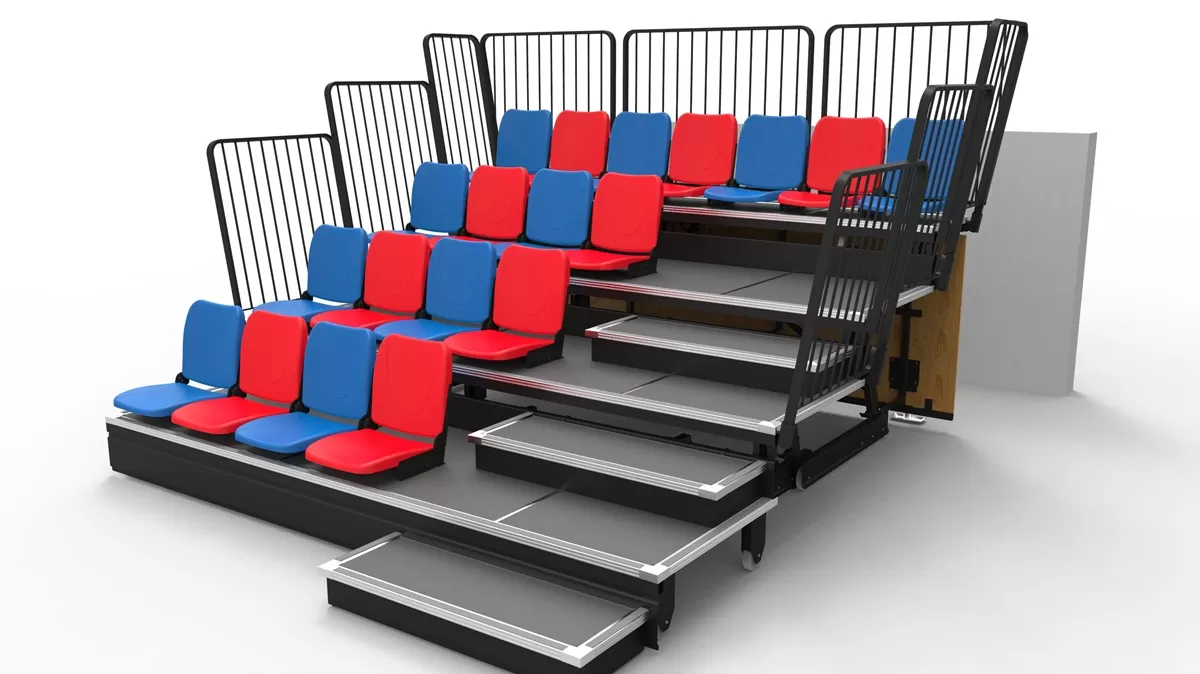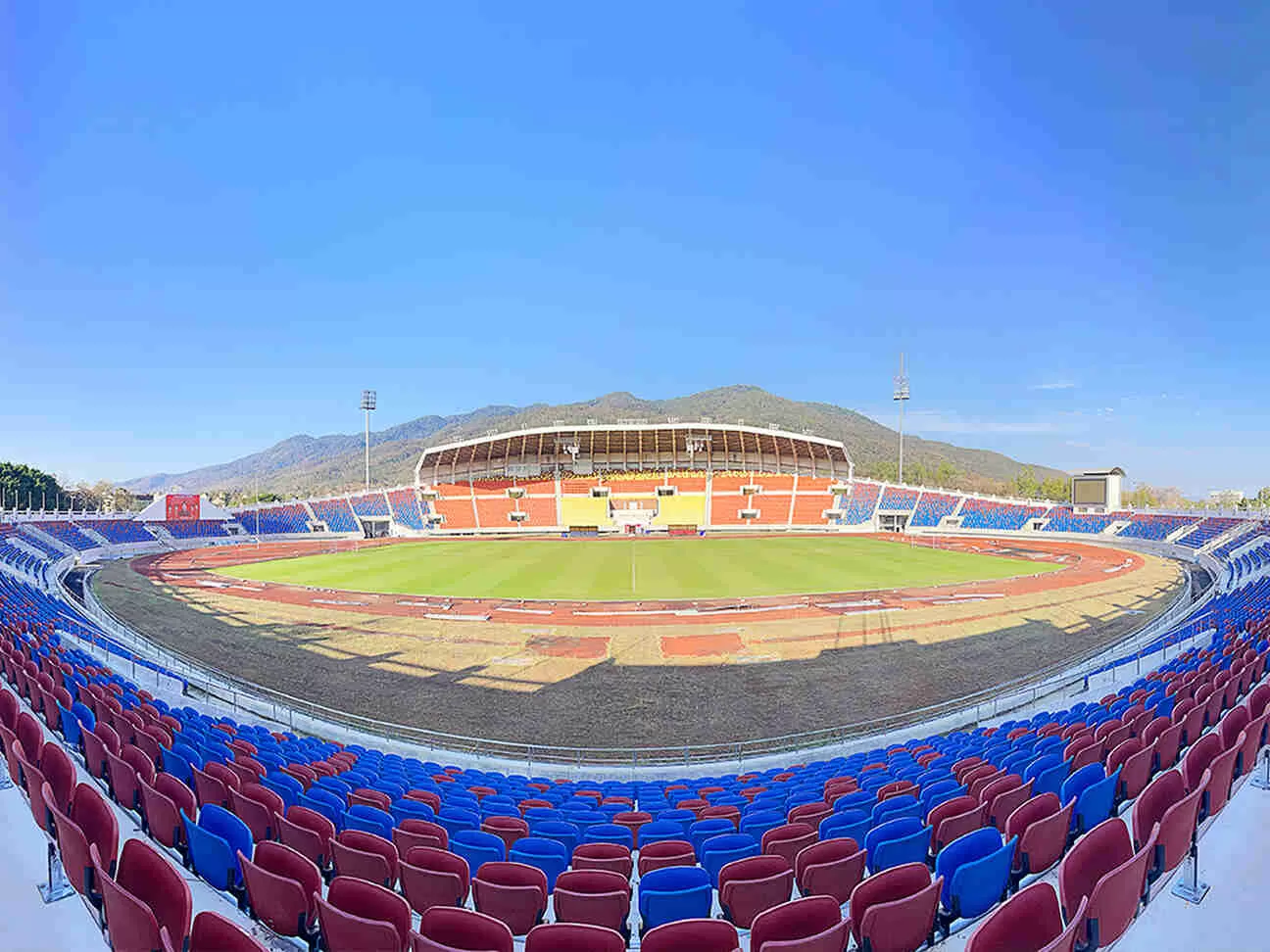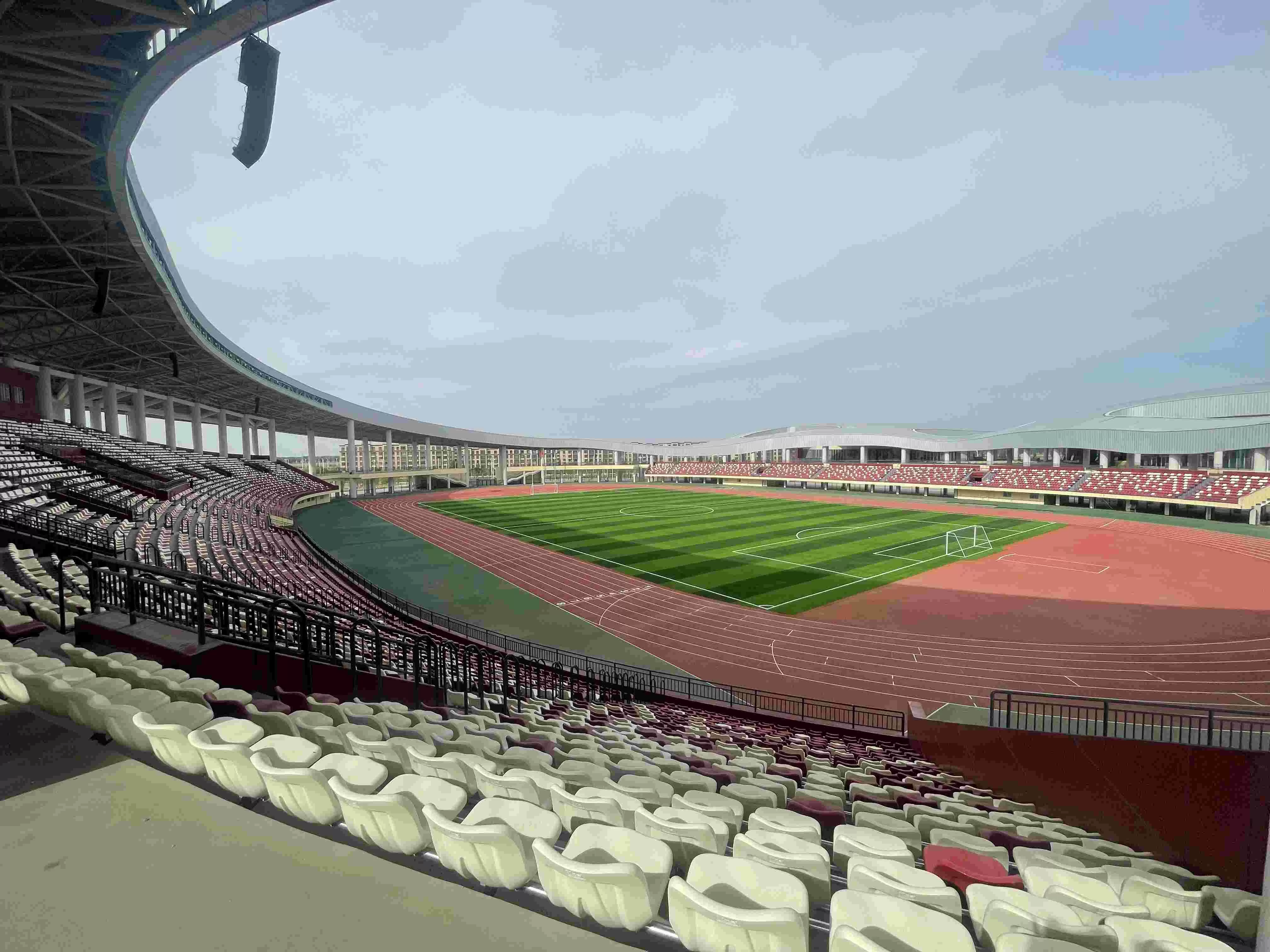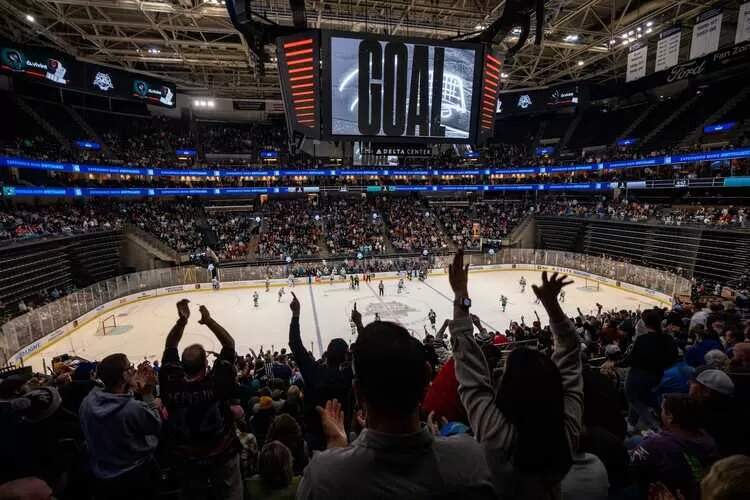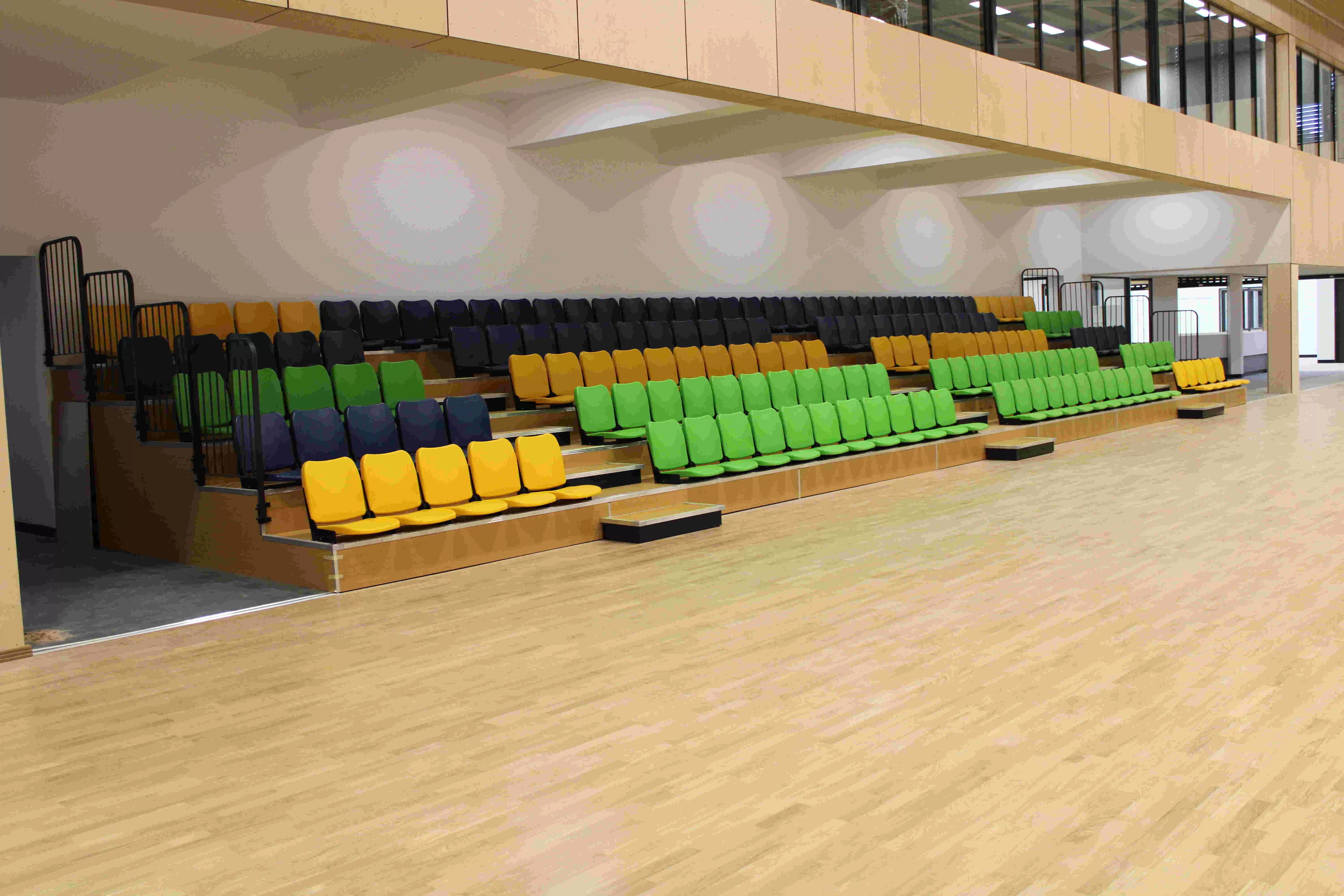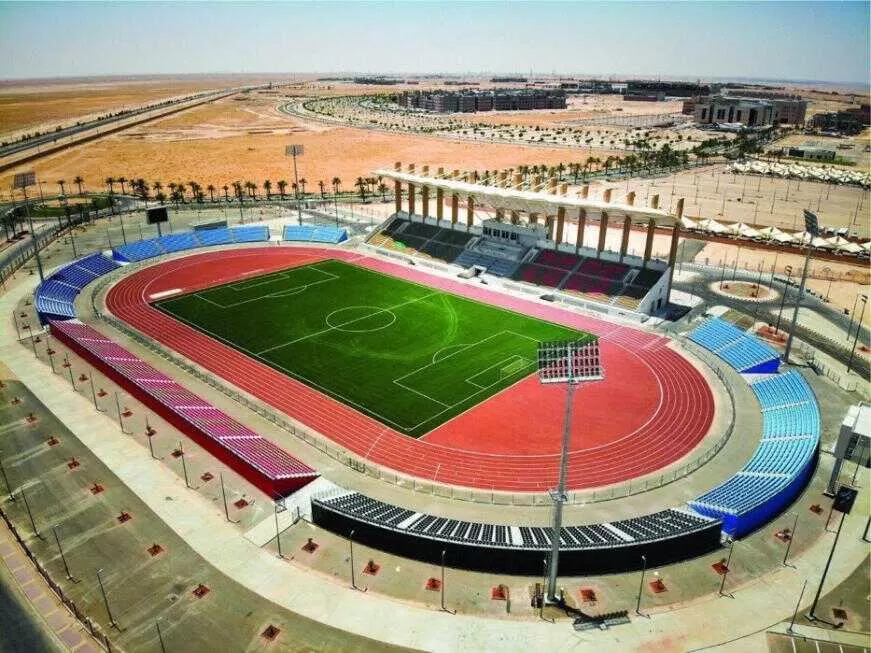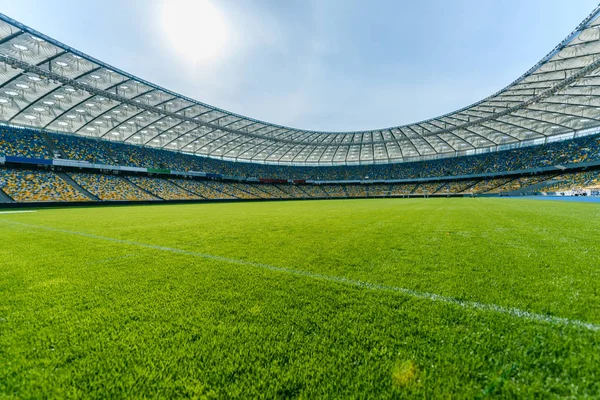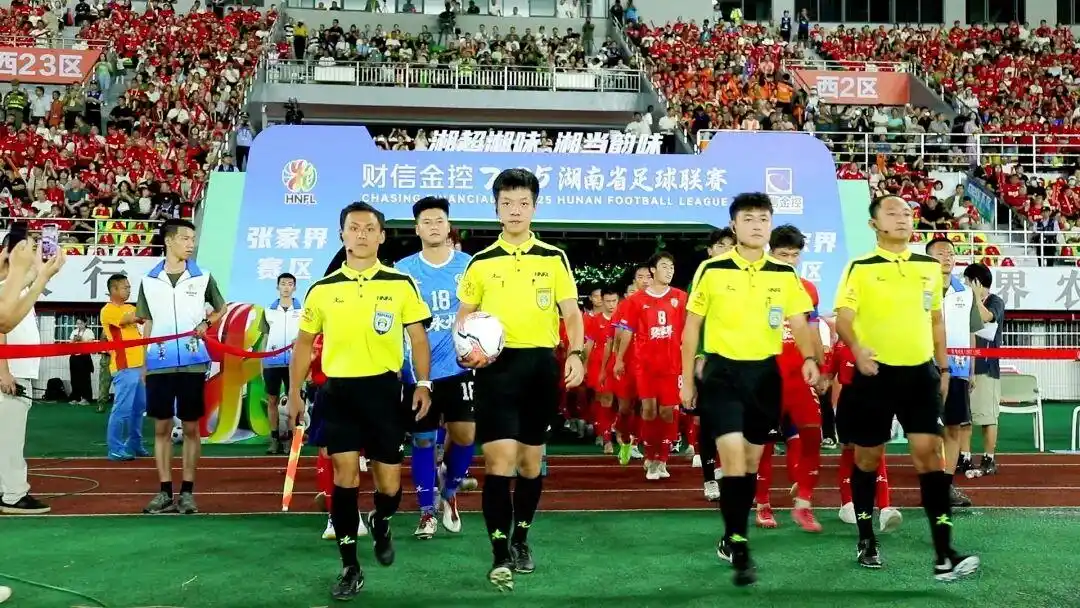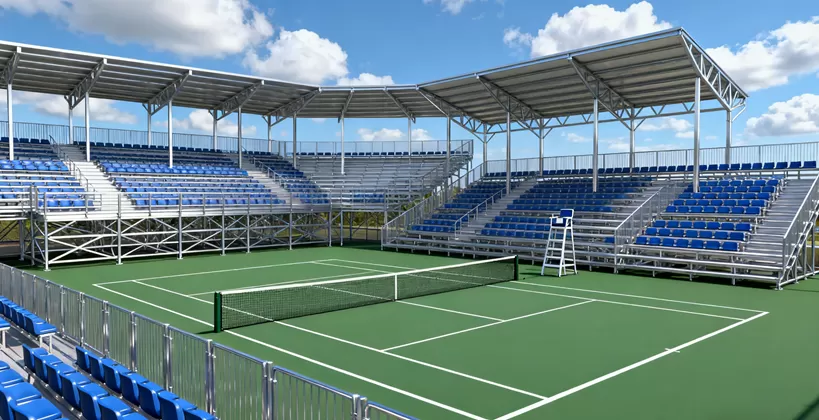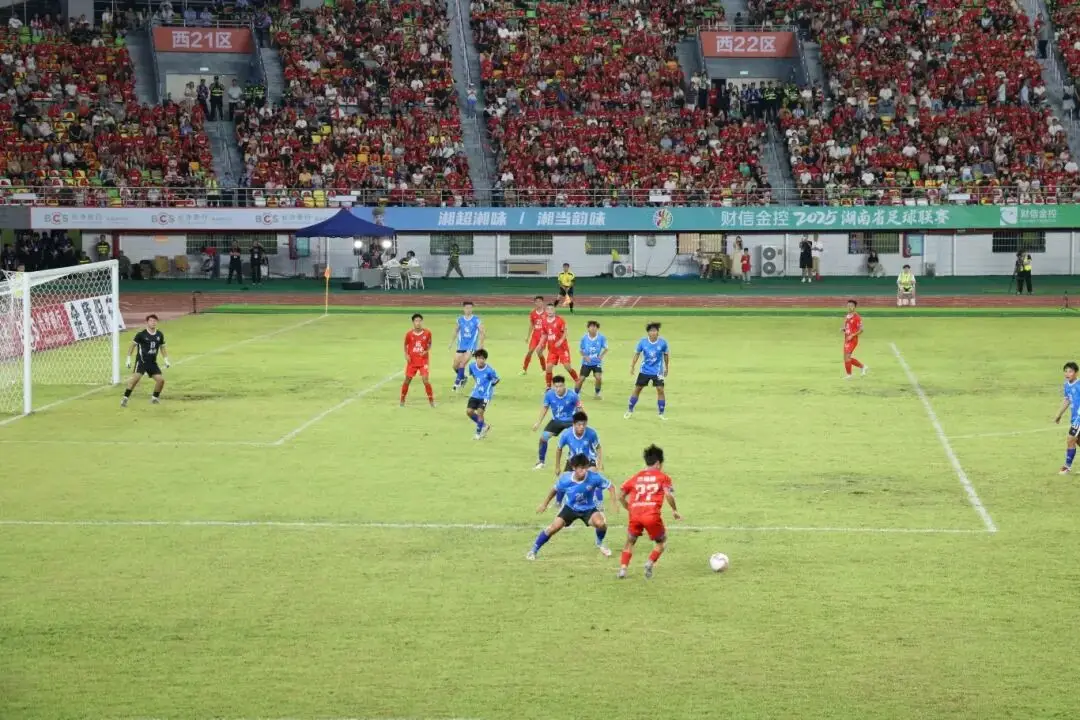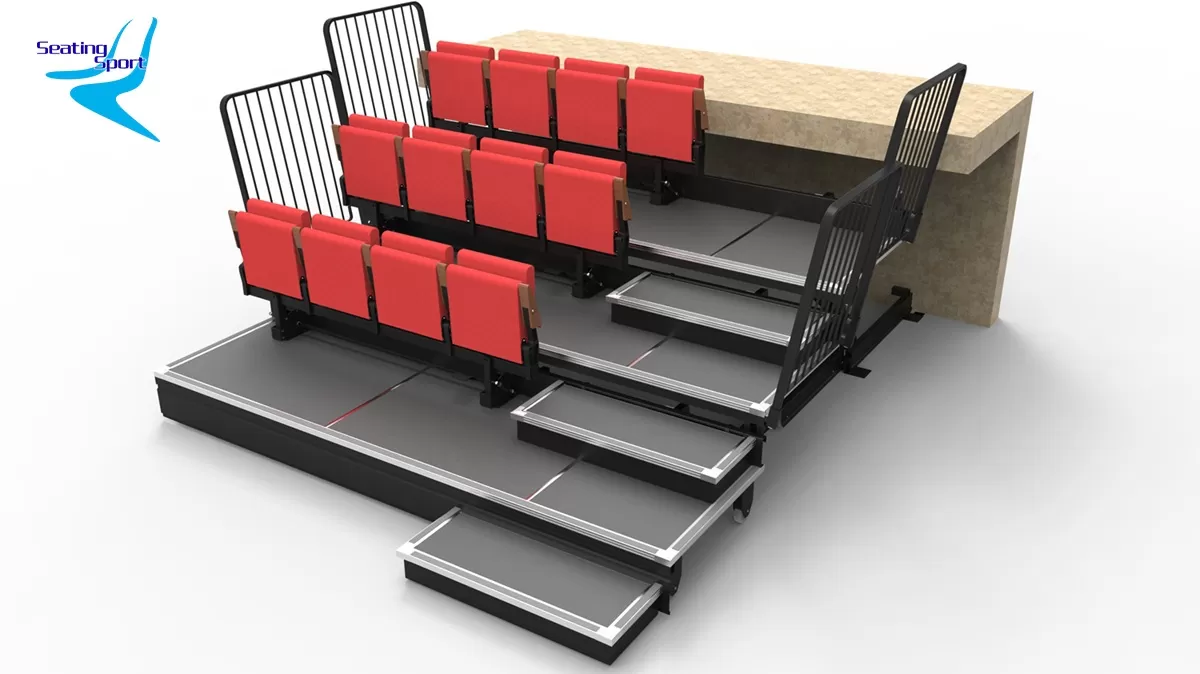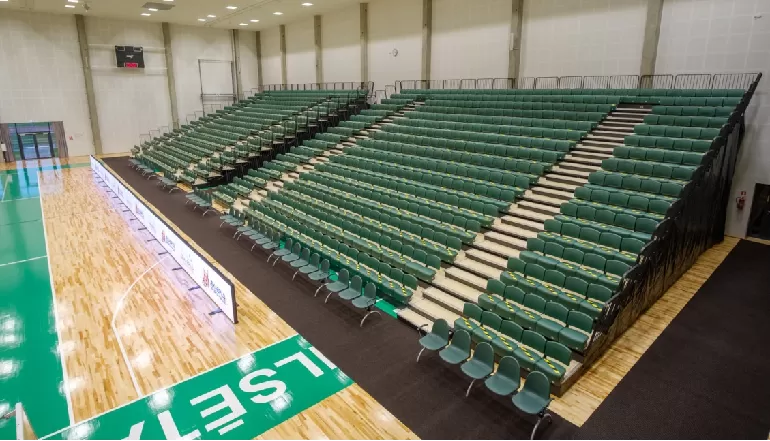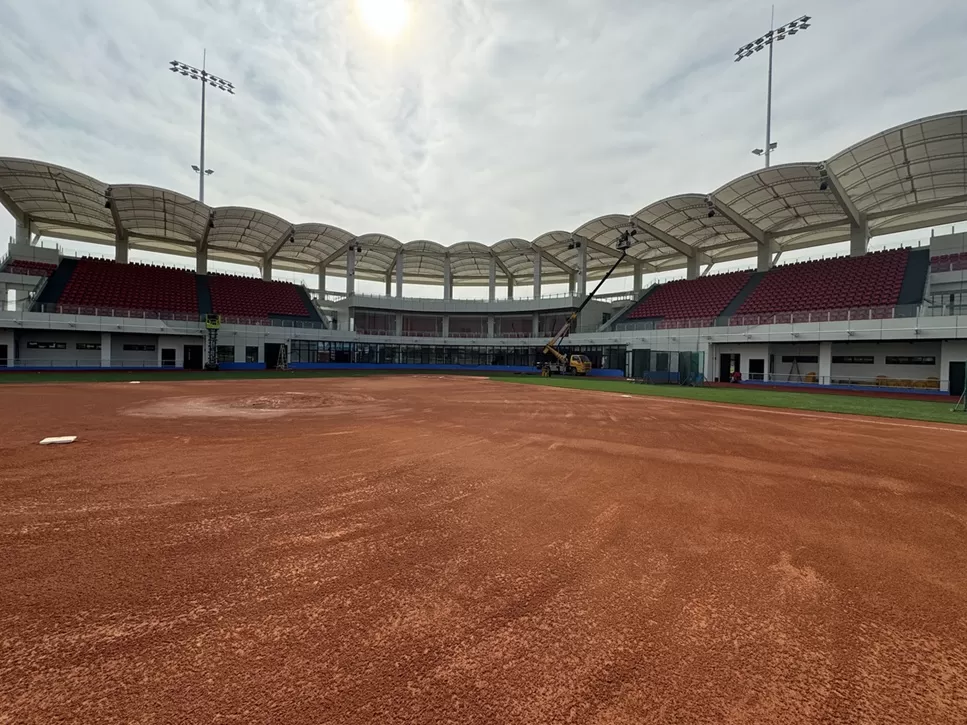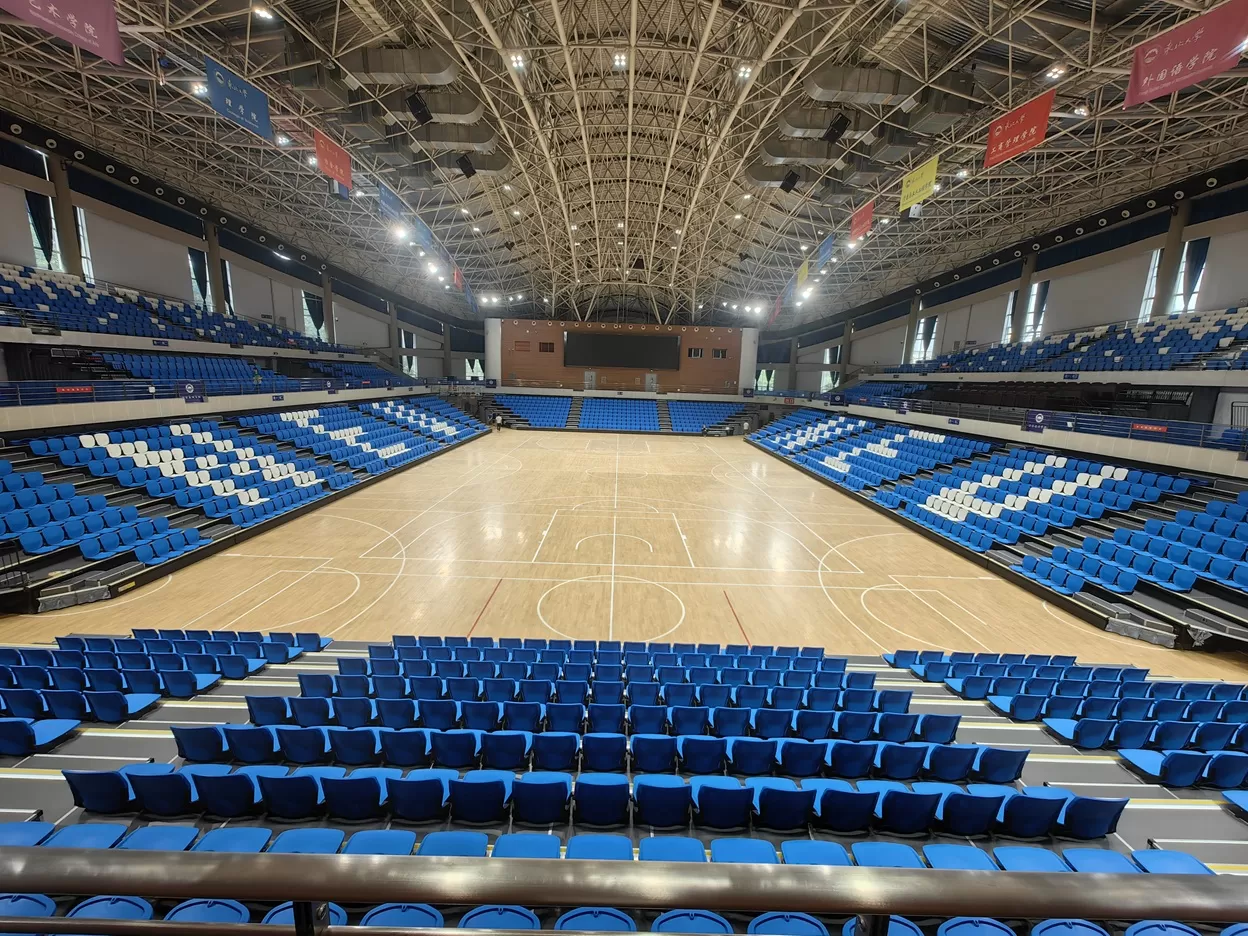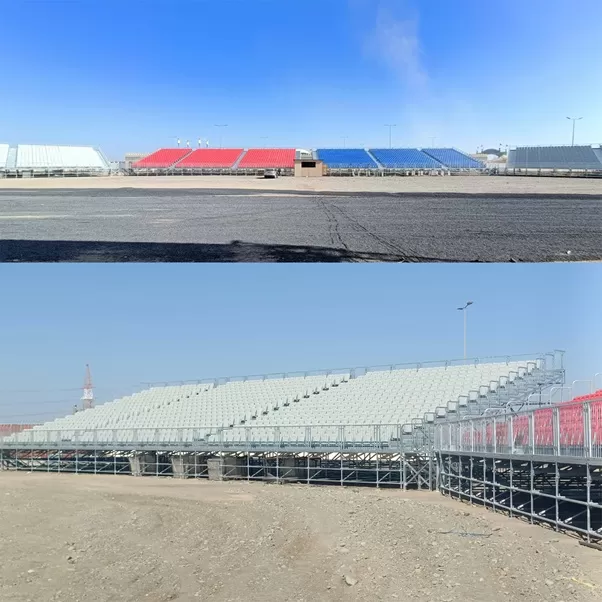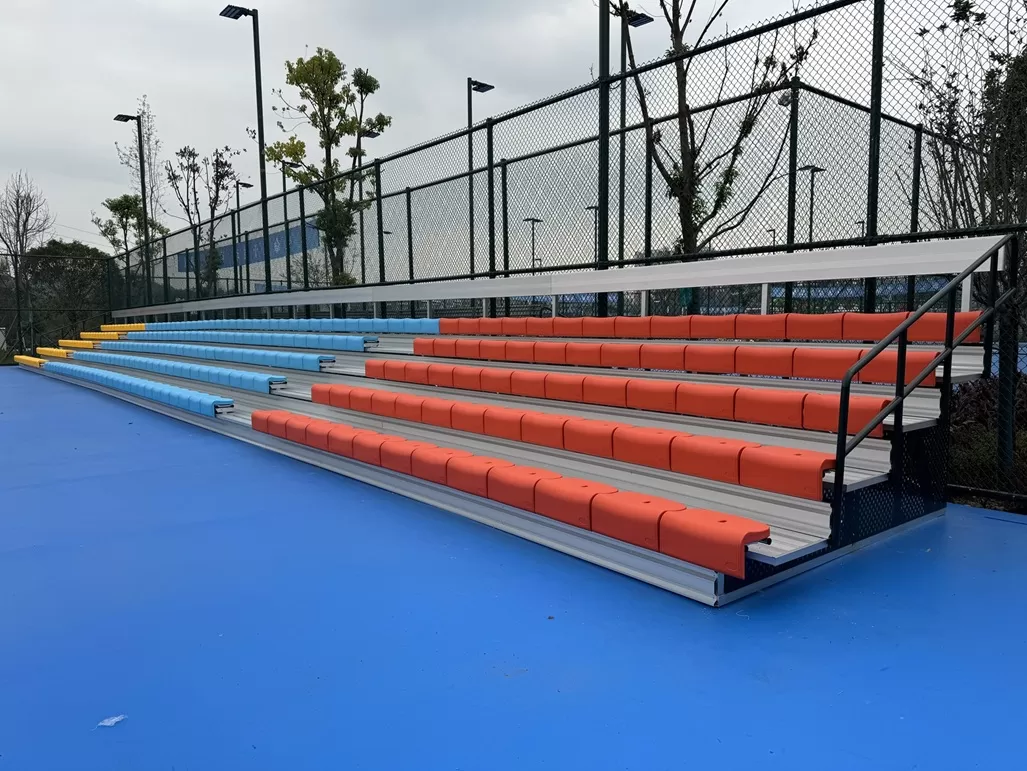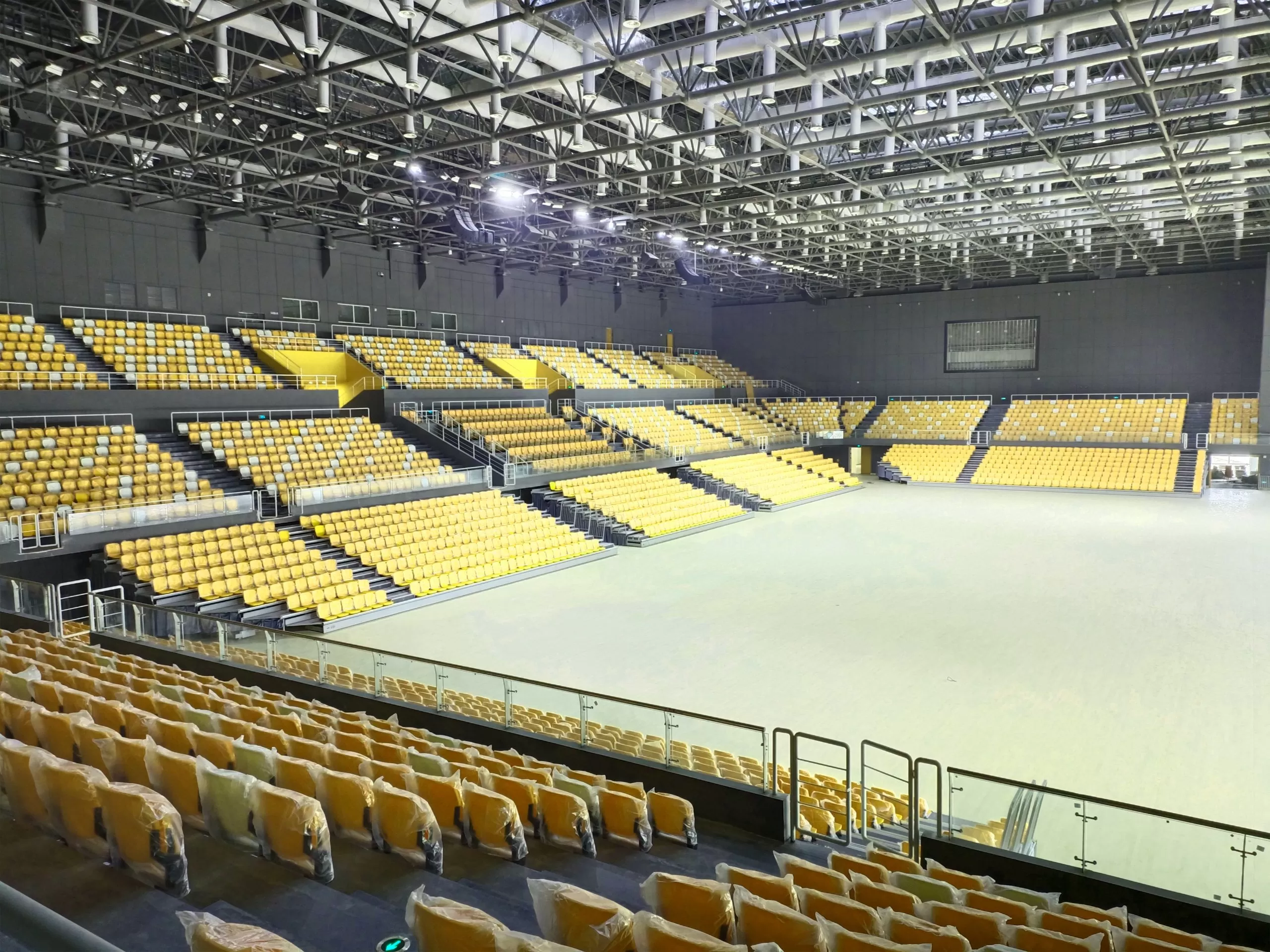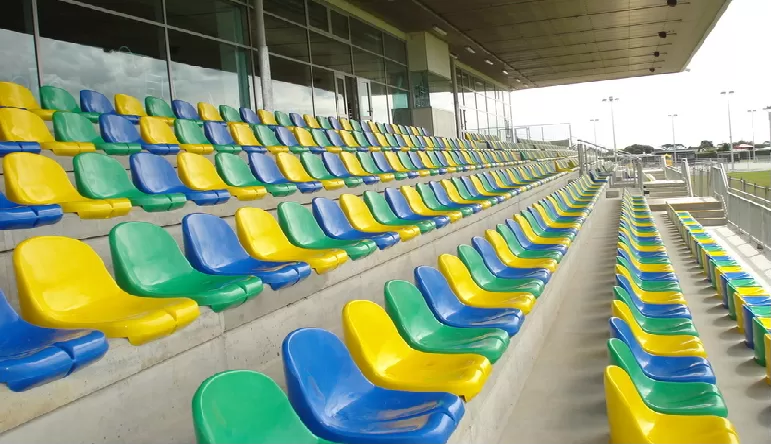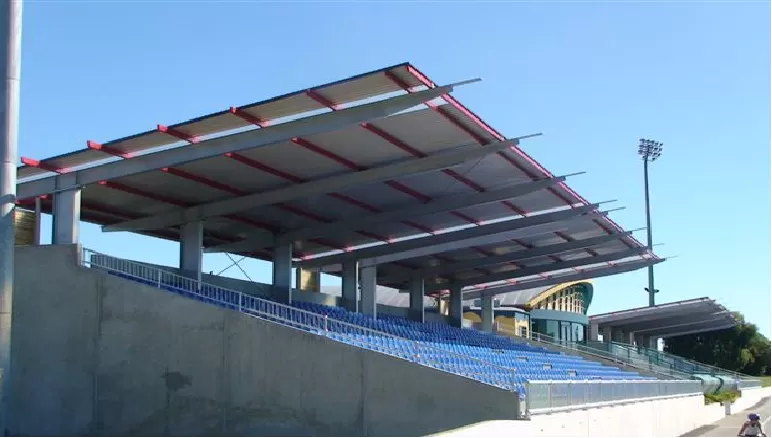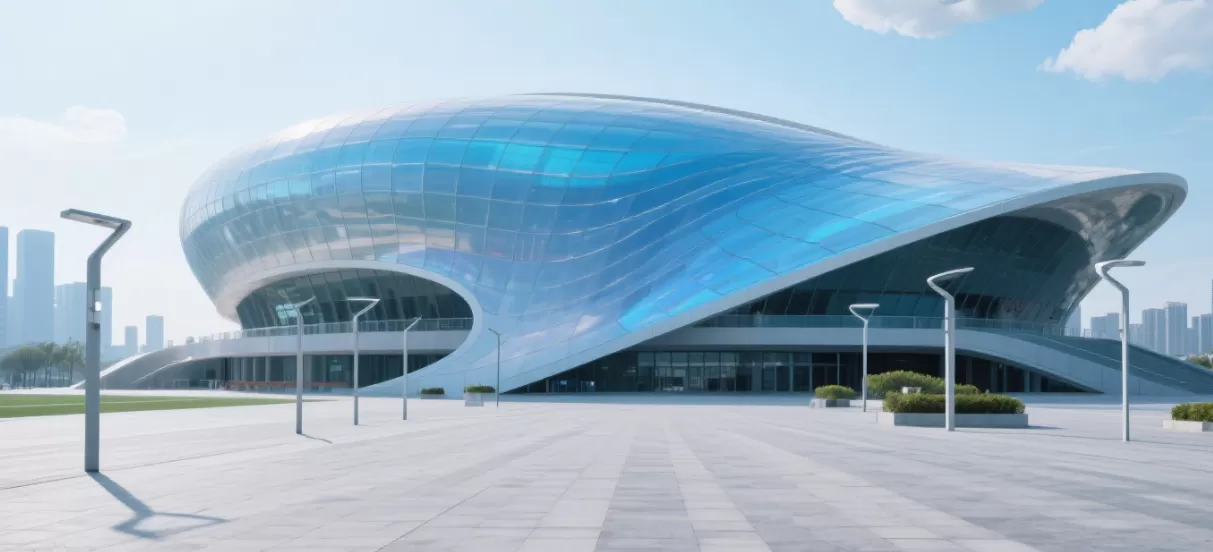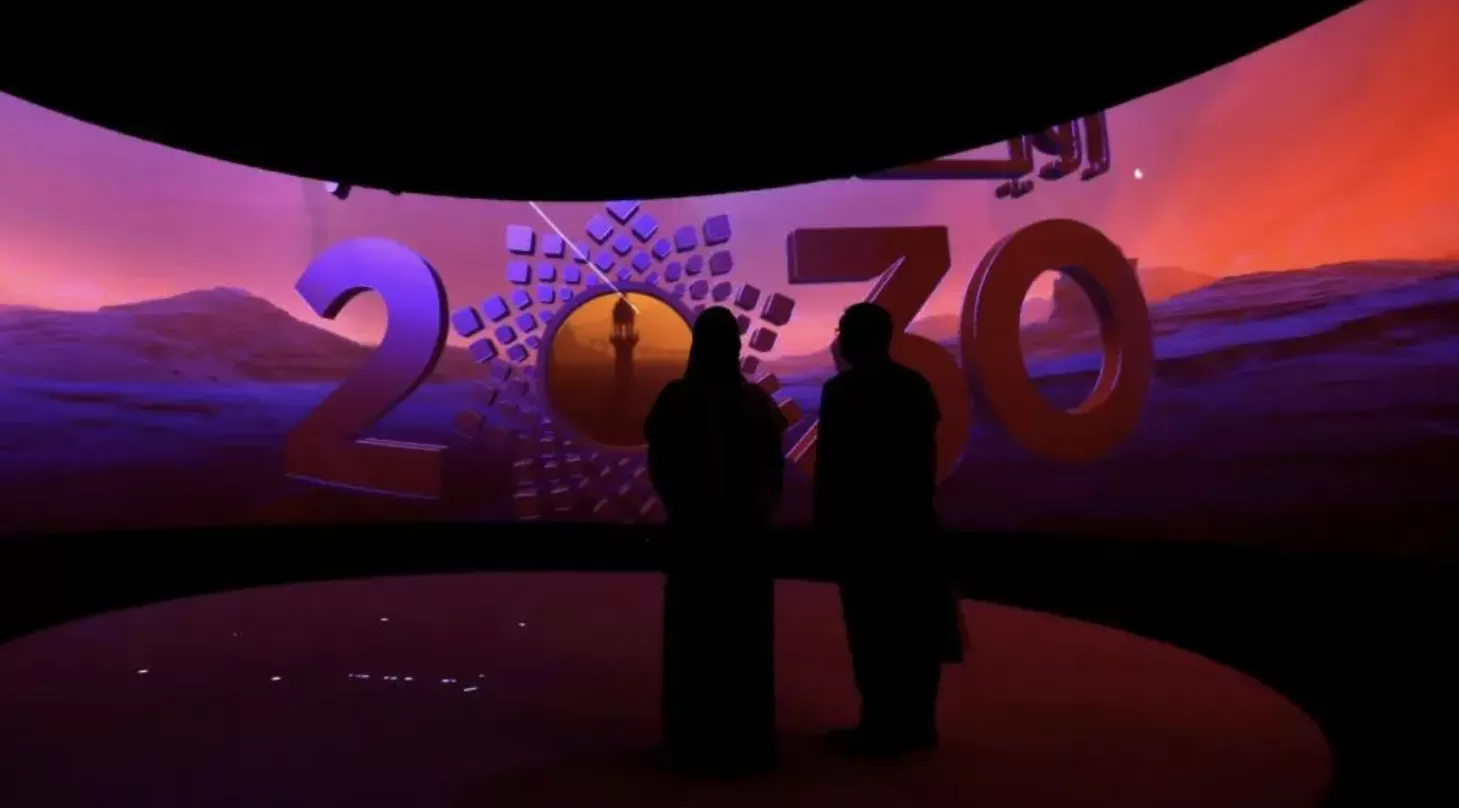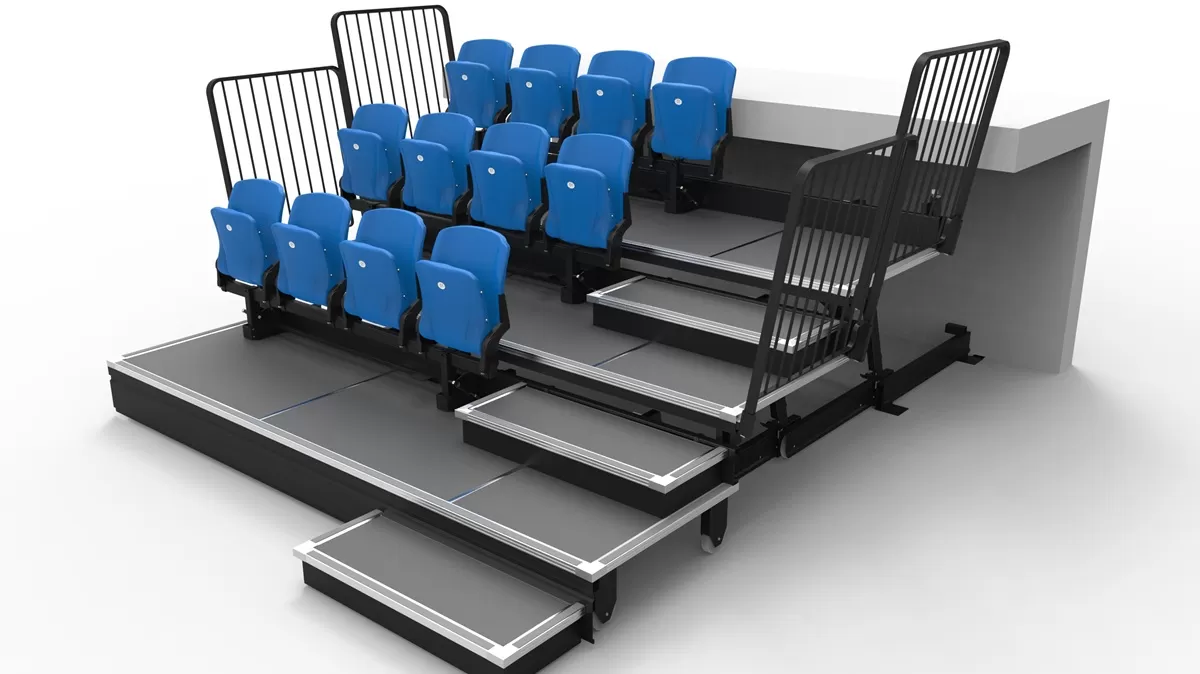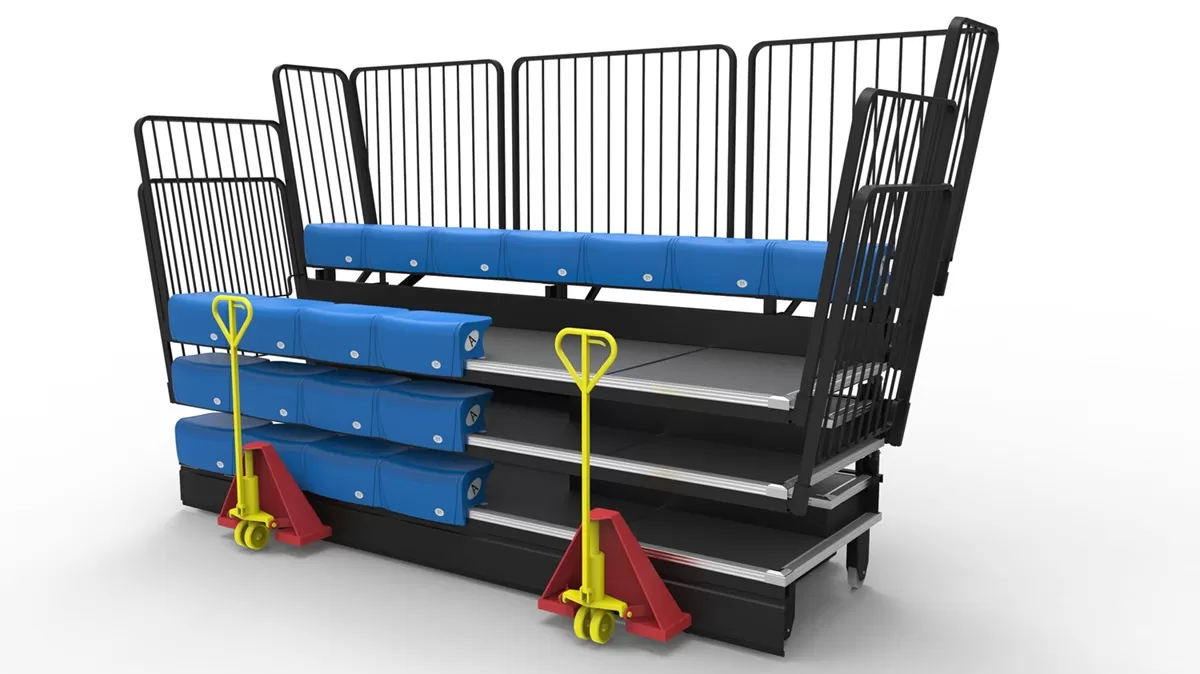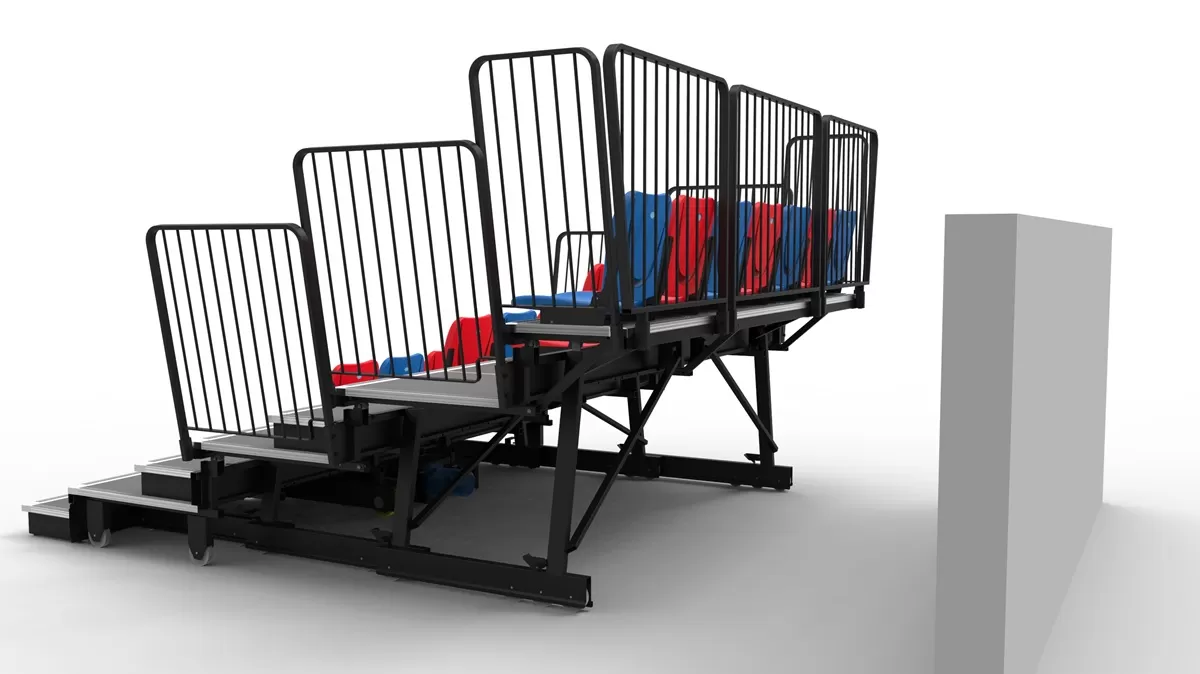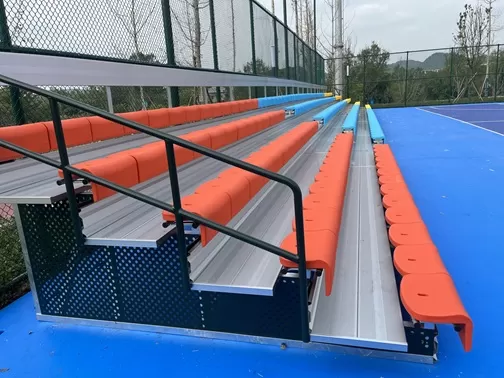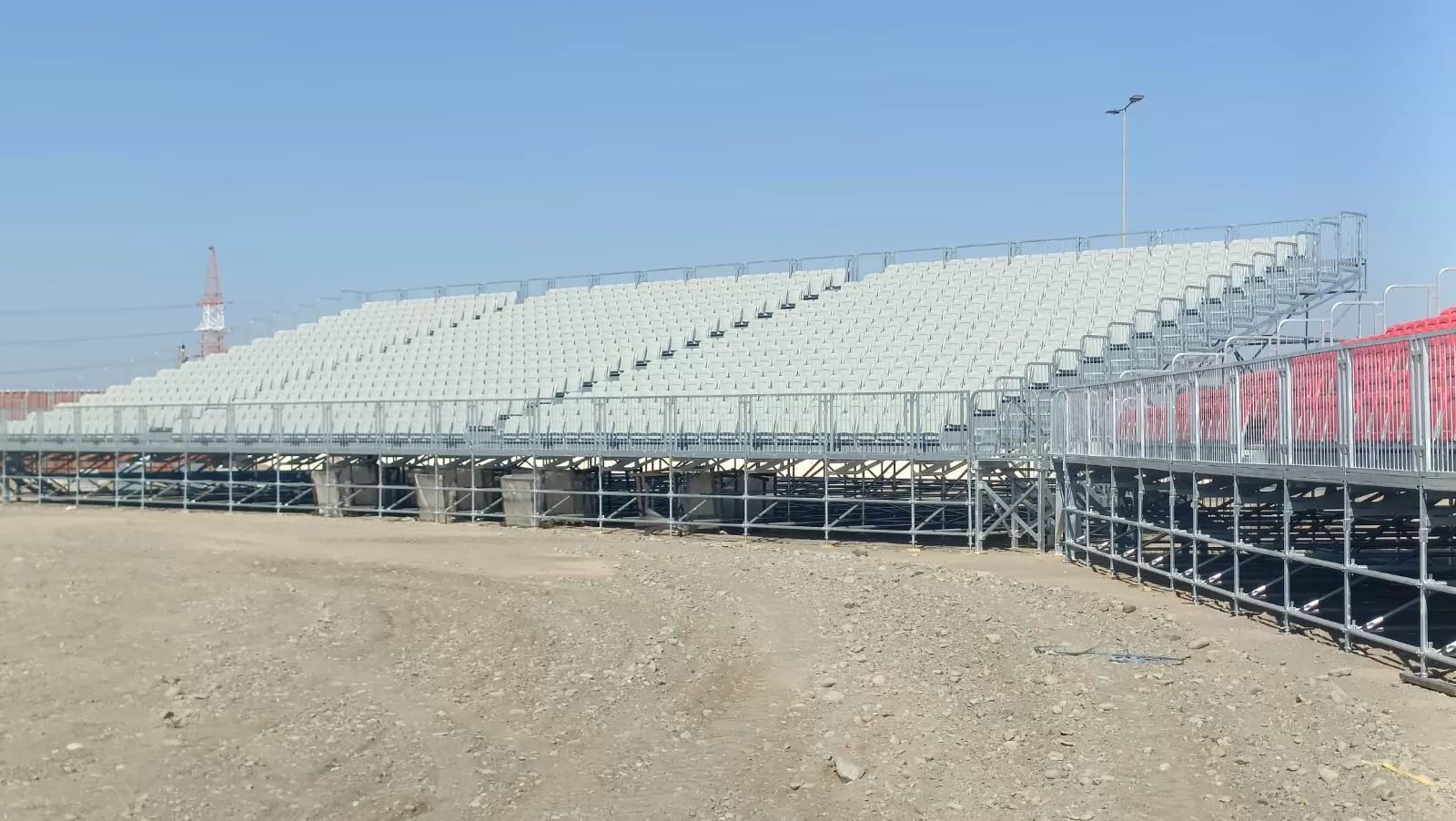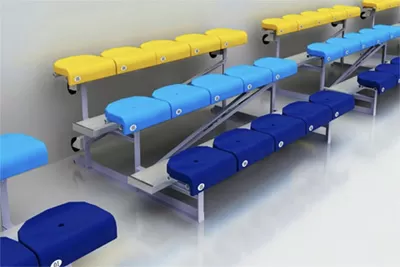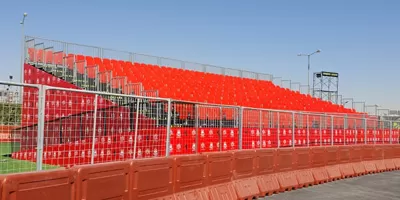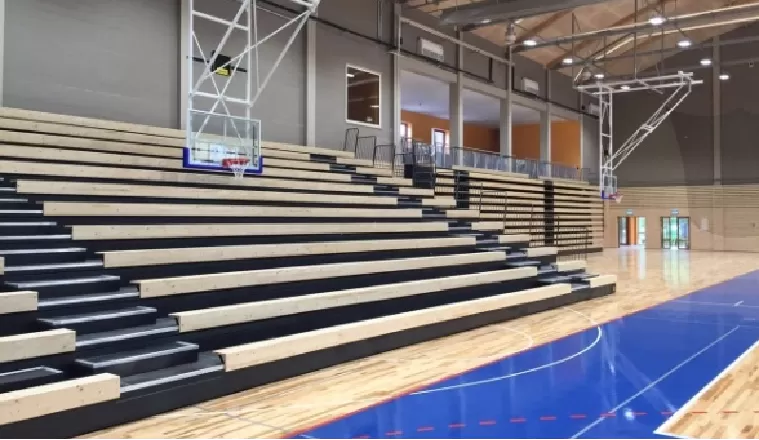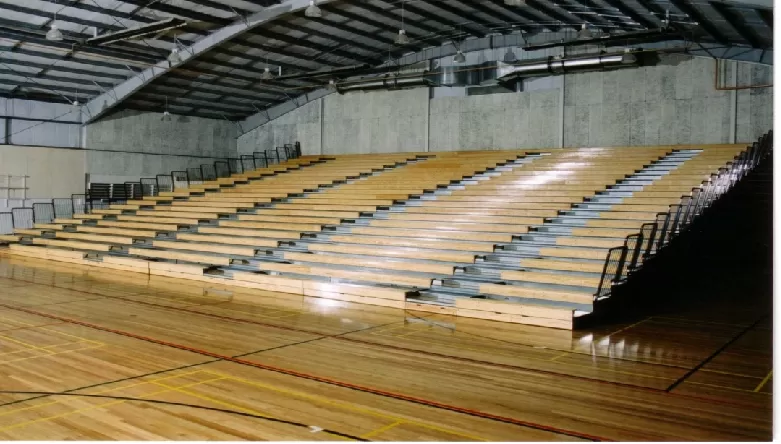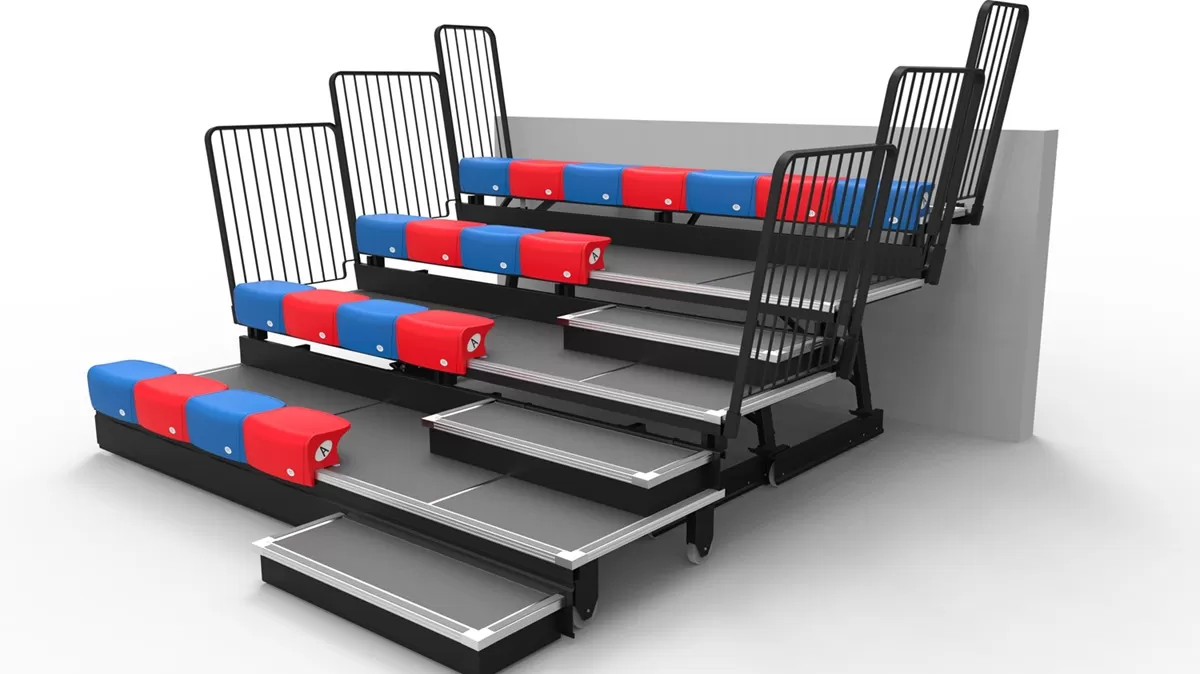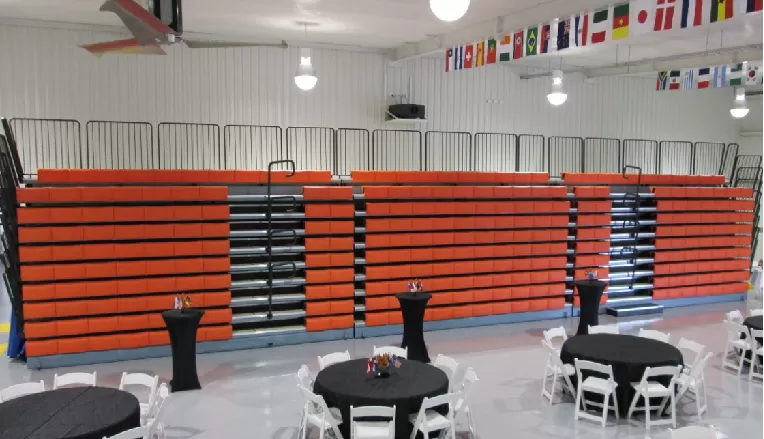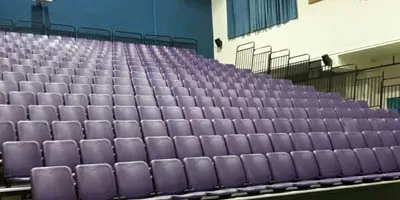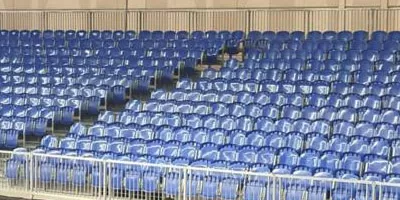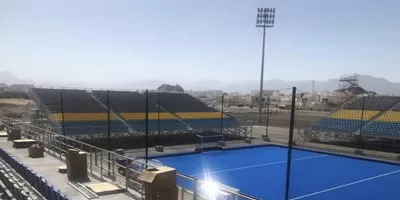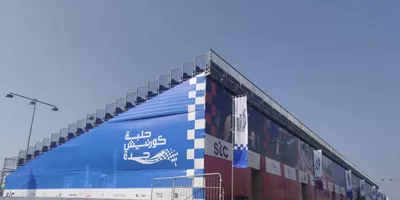If you manage a gym, school auditorium, sports stadium, or event venue, you’ve likely faced a common challenge: balancing seating capacity with space flexibility. Enter retractable bleachers—a versatile seating solution designed to expand when needed and retract when not, solving the “space vs. capacity” dilemma for countless facilities worldwide. But what exactly are retractable bleachers, and how do they differ from traditional fixed seating? Let’s break down their key features, types, benefits, and use cases to help you understand why they’re a top choice for modern venues.
1. What Are Retractable Bleachers, Exactly?
Retractable bleachers (also called foldable bleachers, telescopic bleachers, or mobile seating systems) are modular seating structures that can be extended to accommodate audiences and collapsed to store compactly when unused. Unlike fixed bleachers—which take up permanent floor space—retractable models use a track, hinge, or motorized mechanism to “disappear” into walls, under stages, or against corners, freeing up room for other activities (e.g., basketball games, assemblies, trade shows).
At their core, they’re engineered to balance two critical needs:
- Capacity: When fully extended, they can seat anywhere from 50 to 1,000+ people (depending on size and design).
- Flexibility: When retracted, they typically occupy just 10–20% of their extended footprint, turning a single venue into a multi-purpose space.
2. Common Types of Retractable Bleachers
Not all retractable bleachers are the same—they’re designed to fit different venues, budgets, and usage needs. Here are the three most popular types:
a. Manual Retractable Bleachers
Ideal for small to medium-sized spaces (e.g., school gyms, community centers), manual bleachers rely on hand cranks or lever systems to extend/retract. They’re cost-effective, low-maintenance, and don’t require electricity—making them a practical choice for facilities with limited power access or tight budgets. Most manual models seat 50–200 people and can be operated by 1–2 people in 5–10 minutes.
b. Motorized (Electric) Retractable Bleachers
For larger venues (e.g., college stadiums, concert halls) or high-frequency use, motorized bleachers are the go-to option. They use electric motors (wired or battery-powered) to extend/retract with the push of a button or remote control, saving time and labor. Many modern models also include safety features like motion sensors (to prevent jams) and weight limits (to avoid overloading). They often seat 200–1,000+ people and are customizable with add-ons like armrests or cup holders.
c. Outdoor Retractable Bleachers
Built for durability in weather conditions (rain, sun, wind), outdoor retractable bleachers use corrosion-resistant materials (e.g., aluminum frames, weatherproof fabrics) and drainage systems to prevent water damage. They’re common in parks, sports fields, and outdoor event spaces, where seating needs vary by season (e.g., summer concerts vs. winter storage).
3. Key Benefits of Retractable Bleachers
Why do facilities choose retractable bleachers over fixed seating? Here are their top advantages:
a. Space Efficiency
The biggest benefit: retractable bleachers let you “double” your venue’s use. A school gym, for example, can use extended bleachers for basketball games and retracted bleachers for PE classes, assemblies, or dance practices—no need for separate spaces.
b. Safety Compliance
Reputable retractable bleachers meet global safety standards (e.g., ASTM International in the U.S., ISO in Europe), with features like non-slip steps, guardrails, and locking mechanisms to prevent accidental collapse. This is critical for venues hosting children, large crowds, or events with strict safety rules.
c. Cost Savings
Over time, retractable bleachers save money. They eliminate the need to build additional seating areas or rent temporary chairs for events. They also have lower maintenance costs than fixed bleachers (e.g., no permanent cleaning or repair of unused seats).
d. Customization
Retractable bleachers can be tailored to your venue’s size, color, and seating needs. You can add features like wheelchair-accessible ramps, padded seats, or branding (e.g., school logos, sponsor names) to match your facility’s style.
4. Where Are Retractable Bleachers Used?
Their versatility makes them popular across industries:
- Education: Schools, colleges, and universities (gyms, auditoriums, lecture halls).
- Sports & Entertainment: Stadiums, arenas, and concert venues (for flexible audience seating).
- Public Facilities: Community centers, libraries, and municipal halls (for town meetings, festivals).
- Corporate & Events: Convention centers, trade show halls, and office auditoriums (for conferences, product launches).
5. How to Choose the Right Retractable Bleachers
If you’re considering investing in retractable bleachers, keep these factors in mind:
- Venue Size: Measure your space to ensure the bleachers fit when extended and retracted.
- Capacity Needs: Estimate your maximum audience size (e.g., a high school gym may need 300 seats, while a stadium needs 1,000+).
- Usage Frequency: If you use seating daily (e.g., a gym), opt for motorized bleachers to save time. For occasional use (e.g., a community center), manual models work.
- Indoor vs. Outdoor: Choose weatherproof materials for outdoor use to avoid damage.
- Safety Standards: Always select bleachers that meet local safety codes (ask manufacturers for compliance certificates).
Final Thoughts
Retractable bleachers are more than just “foldable seats”—they’re a smart investment for any venue that needs to balance capacity, flexibility, and safety. Whether you’re a school administrator, event planner, or facility manager, they help you make the most of your space while keeping audiences comfortable and secure.
If you’re ready to explore options, start by assessing your venue’s unique needs (size, capacity, usage) and look for reputable manufacturers that offer warranties and safety certifications. With the right retractable bleachers, you’ll transform your space into a multi-purpose hub that works for every occasion.

